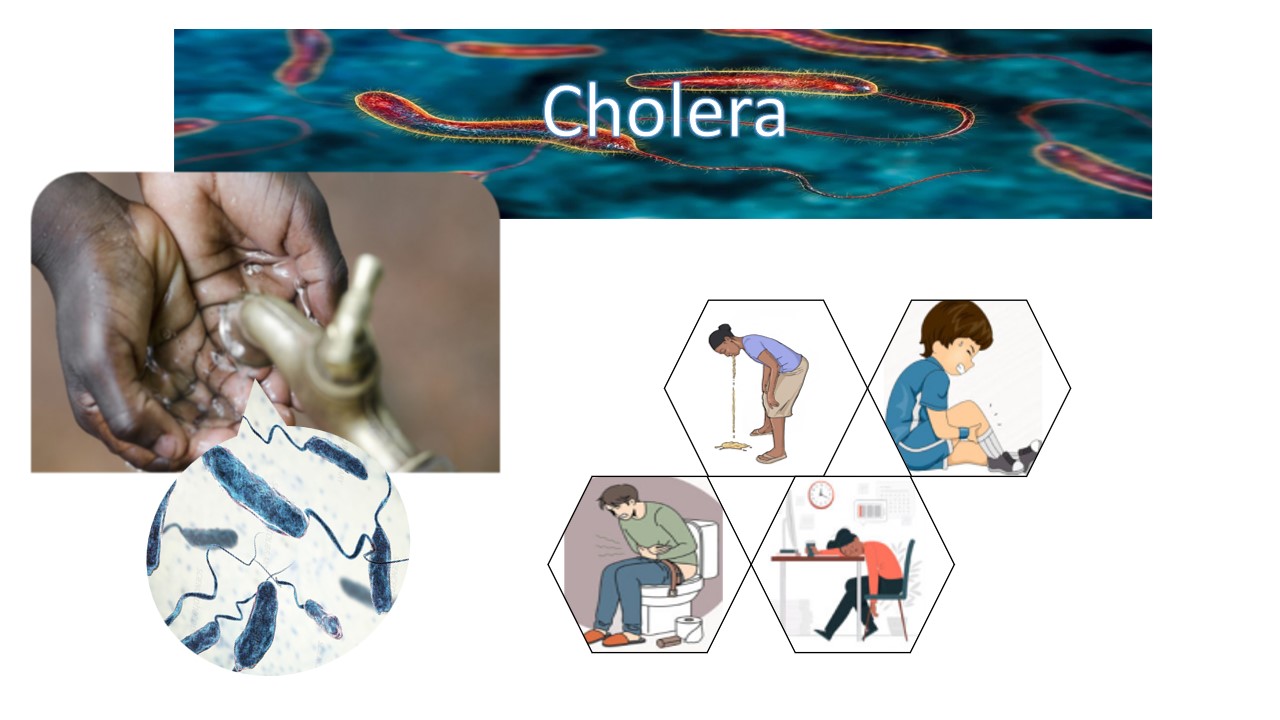
Cholera
Cholera is an infectious disease. Typically, it is caused by the bacterium vibrio cholerae. The small intestine is mostly affected by it. There are several Vibrio cholerae species that produce cholera, some of which induce a more serious illness than others. The main ways that it spreads are through contaminated food and water that have come into contact with the bacteria-containing human feces. Only human is host of Vibrio cholerae.
The disease is more prevalent in areas facing famine, conflict, overcrowding, and poor sanitation. Typical places include regions of South Asia, Africa, and Latin America. Although it rarely happens, cholera can spread from person to person during hand shakes if hands are not washed properly. Coastal waters and salted rivers are shelter of cholera bacteria. Eating raw or under-cooked shellfish has occasionally caused cholera in humans.
Symptoms
- Diarrhea, or extremely watery poop
- Intense thirst
- Lower amounts of urine (pee)
- Muscle cramps
- Restlessness or irritability.
- Vomiting
- Weakness
Causes/Risk factors
- Contaminated water
- Poor sanitation
- Unhygeinic food handling
- Contaminated seafood
- Climate and environmental factors
- Poor personal hygiene
Diagnosis
Microbiology Department
Stool or rectal swab culture is the gold-standard reference method for cholera diagnosis. The specimens are cultivated on taurocholate tellurite gelatin agar (TTGA) or selective thiosulfate citrate bile salt (TCBS) agar, which is the optimal culture medium, after being placed in an enrichment broth comprised of alkaline peptone water, which increases the sensitivity of the culture. The microorganism grows in the cultural medium, then take an inoculate and smears it on a glass slide, also apply stains on it. After that, observed under the microscope.
vibrio cholerae under microscope
Reference:
- https://my.clevelandclinic.org/health/diseases/16636-cholera
-
https://en.wikipedia.org/wiki/Cholera
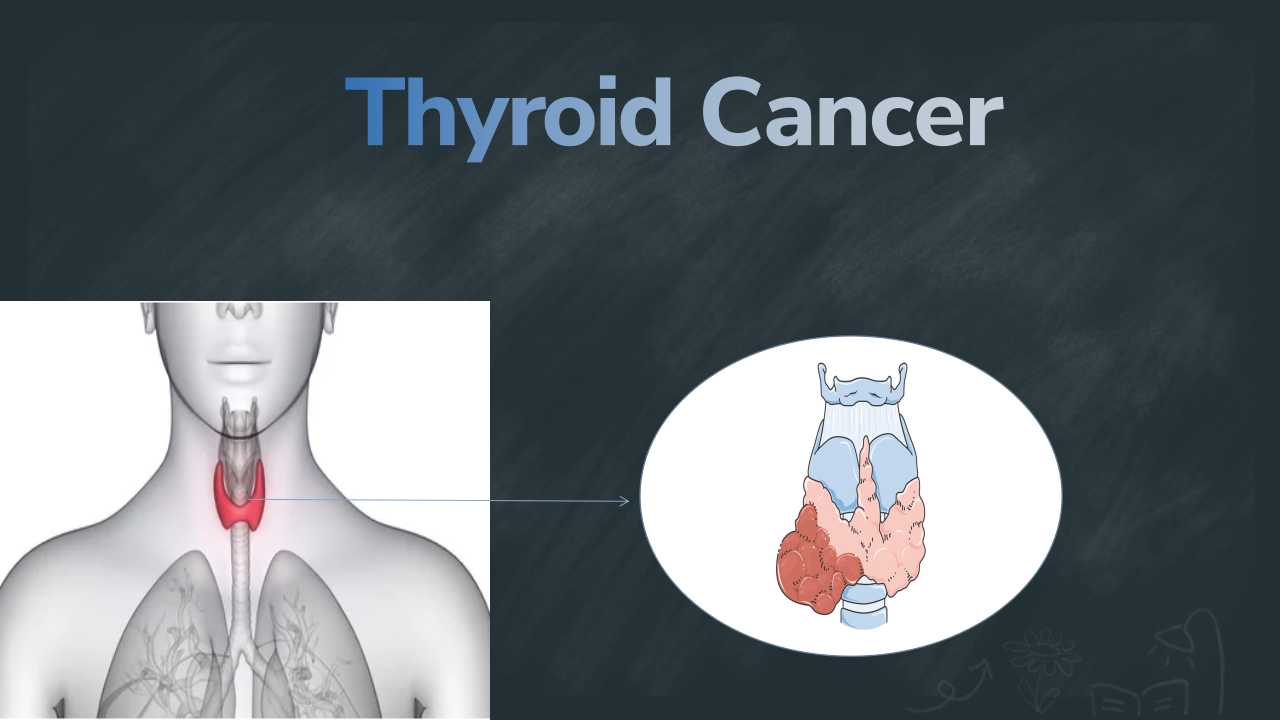
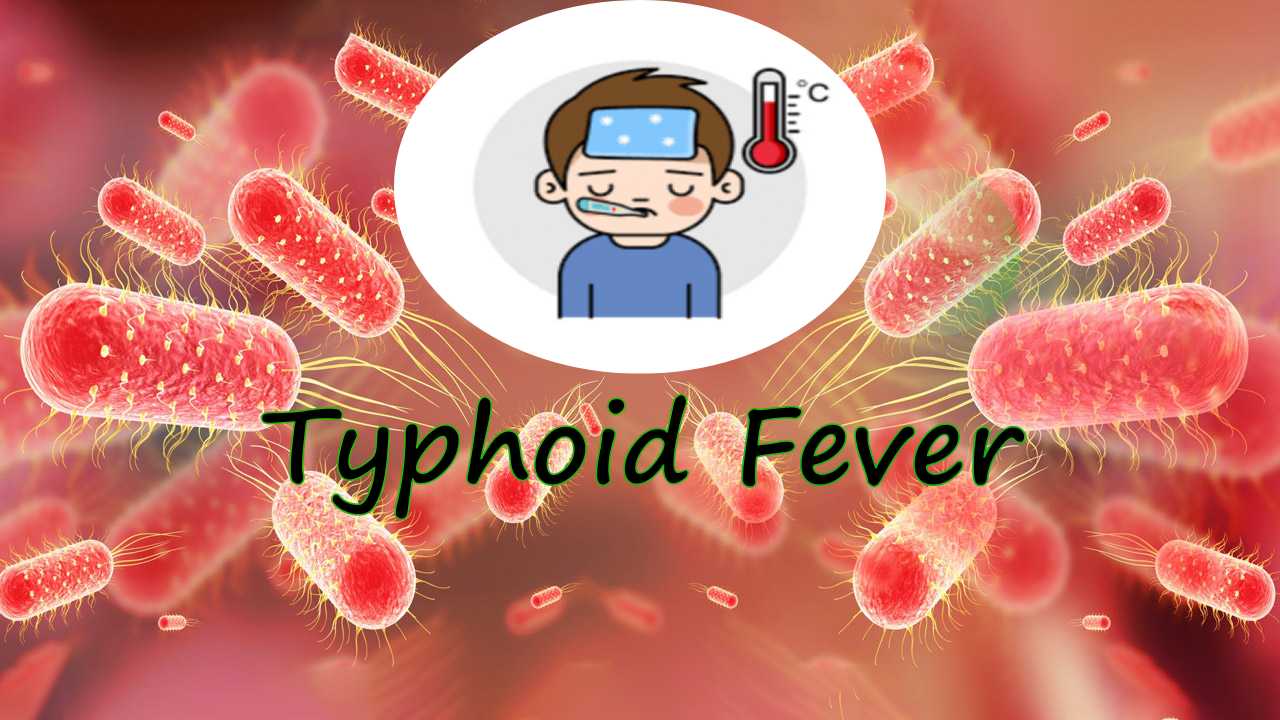

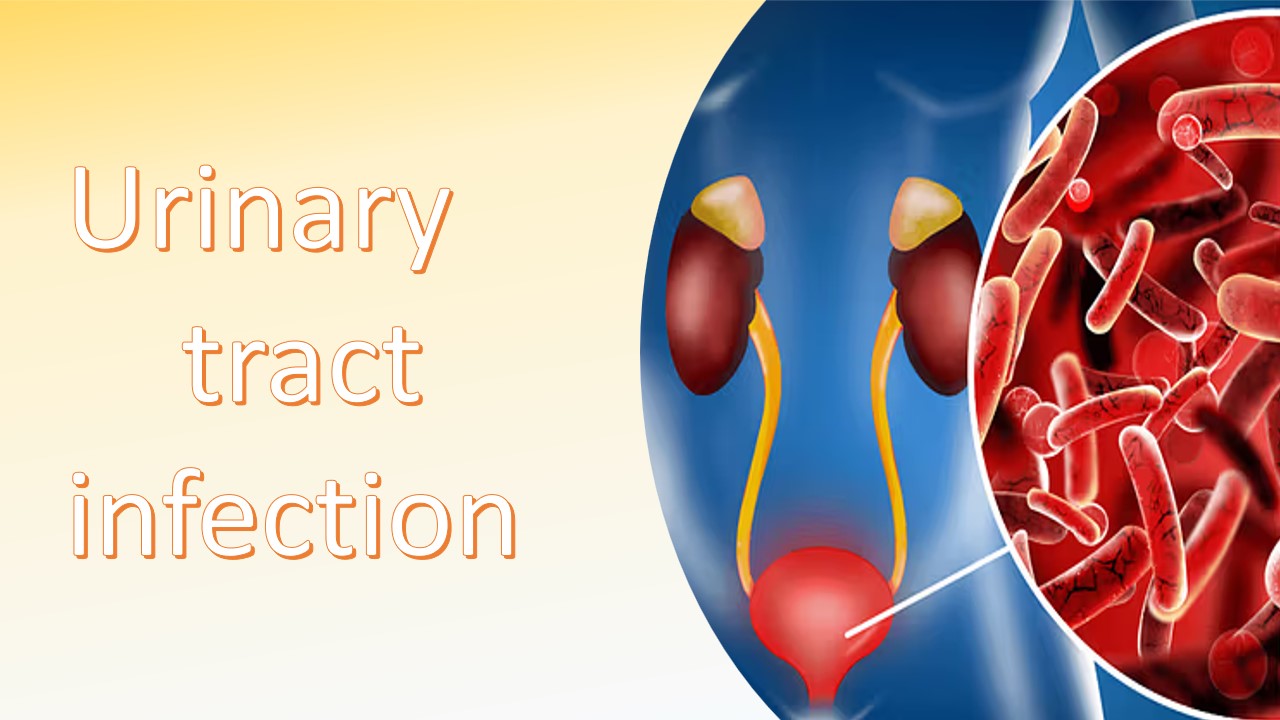
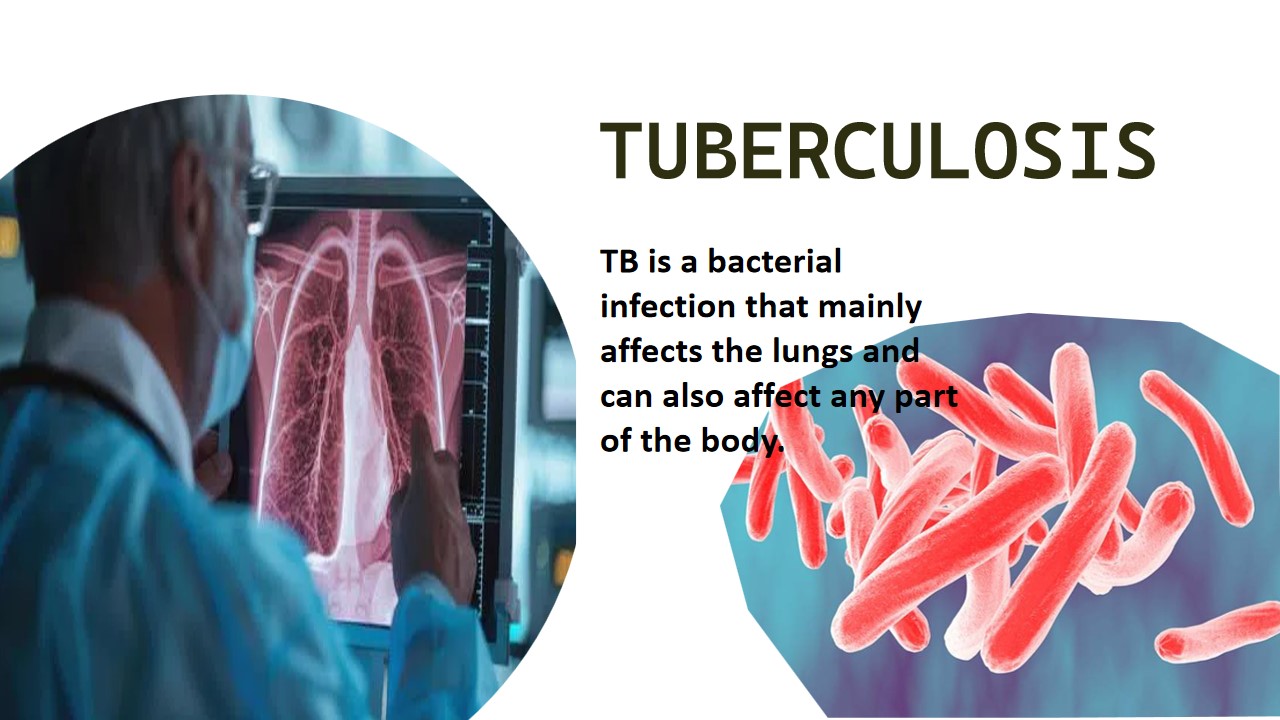
0 comments